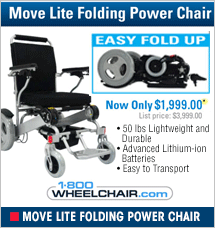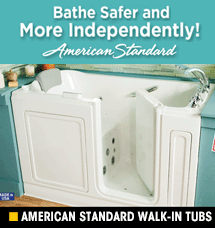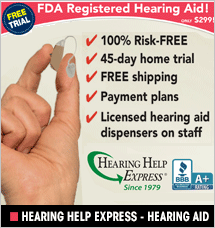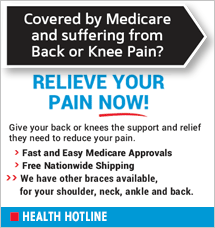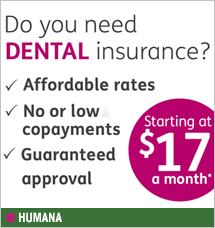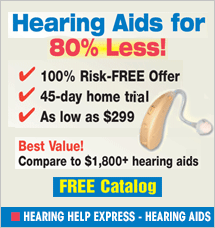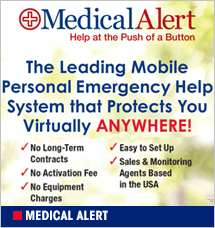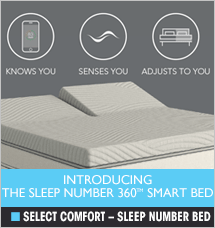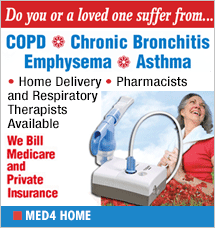
 Have you or someone you love said this, “I would pay good money for a good night’s sleep?”
Have you or someone you love said this, “I would pay good money for a good night’s sleep?”
According to the Persistence Market Report group, plenty of Americans are paying good money for the elusive eight hours of sleep.
The August 2016 report noted, “North America dominates the global sleep aids market. The United States represents the largest market for sleep aids in North America.”
Additionally, the report explained that economic upswing is due to a growing senior population and increased demand for sleep medication in a complex, complicated world. Mix into the nightly brew, the marketing efforts of health and pharmaceutical organizations.
A factor in the increasing sleep market is the awareness of obstructive sleep apnea (OSA). The American Academy of Sleep Medicine (AASM) released a report this summer on the “Hidden Health Crisis Costing America Billions.”
You can’t throw a wind-up alarm clock without hitting some remedy for what ails our collective sleep. While perhaps not as hidden as the hyperbole described, sleep problems are now mainstream.
The report noted that obstructive sleep apnea is rising in prevalence in the United States, and estimated 29.4 million Americans. Amazingly, that figure represents 12 percent of our country’s population.
The AASM highlighted the annual economic consequences, “The annual financial burden of undiagnosed sleep apnea among U.S. adults is approximate $149.6 billion. This burden includes almost $87 billion in lost productivity, $26 billion in car crashes, and $6.5 billion in workplace accidents.” If the OSA remains untreated, the study authors estimated that an additional $30 a year in increased health costs and medication costs related to the co-occurring health conditions listed above.
Here’s the real sticker shocker.
According to the AASM report, if every patient in the U.S. who has sleep apnea were diagnosed and treated, it would result in an annual economic savings of more than $100 billion.
The most obvious cost is the individual and his or her family. Undiagnosed OSA is dangerous; the sleeping sufferer’s airway is blocked by erratic breathing from a complete or partial obstruction. The individual may snore, gasp, or even choke during restless sleep, waking up him/herself and anyone nearby. The next day, he may wonder why he is so sleepy. OSA can be a contributor to or a consequence of other health problems including hypertension, heart disease, diabetes, and depression.
How do you know if you or your significant other has OSA?
Do you snore, gasp, or choke during your sleep? You might want to ask your sleep partner, or keep a sleep diary for a week or two with what you remember. Note your awakenings, daytime sleepiness, and any naps.
The National Heart, Lung, and Blood Institute suggests a visit to your primary care doctor, who may refer you to a sleep specialist who may be a physician schooled in sleep studies, or a lung specialist or an ear, nose, and throat doctor.
The Institute noted that your provider will ask you about your sleep and your daily functioning. He’ll be interested if any family members have OSA. Some individuals with OSA have an enlarged uvula or soft palate. The uvula hangs from the middle of your mouth, while your palate is atop the back of your mouth.
If sent for a sleep study, you may have a polysomnogram (PSG) or a home-based portable monitor. PSGs happen in hospital sleep departments or stand-alone centers. During sleep, you are monitored for brain activity, eye movement, heart rate, and blood pressure. Or you may be recommended for a home study to determine if a full PSG is needed.
Individuals with OSA use a continuous positive airway pressure machine (CPAP.) The name sounds much worse than it is – the machine keeps your airway open while you sleep. Most CPAP machines have three parts, a mask, a hose, and the device. Technology offers variety, and if diagnosed, you may have a second sleep study to determine what type of CPAP you need.
It’s not a good idea to order your own CPAP off the Internet; anyone listening to satellite radio knows the bombastic commercials about preventing snoring. For your safety, CPAP machines are calibrated to your own sleep and breathing patterns by your medical provider.
You’ll soon feel better. You’ll sleep better, snore less if at all, possibly reverse some health conditions, experience lowered blood pressure, and increase your alertness. Maybe, you can leap across a building in a single bound like Superman, or at the very least, go without an afternoon nap.
Find my books and columns at www.amyabbottwrites.com.
























